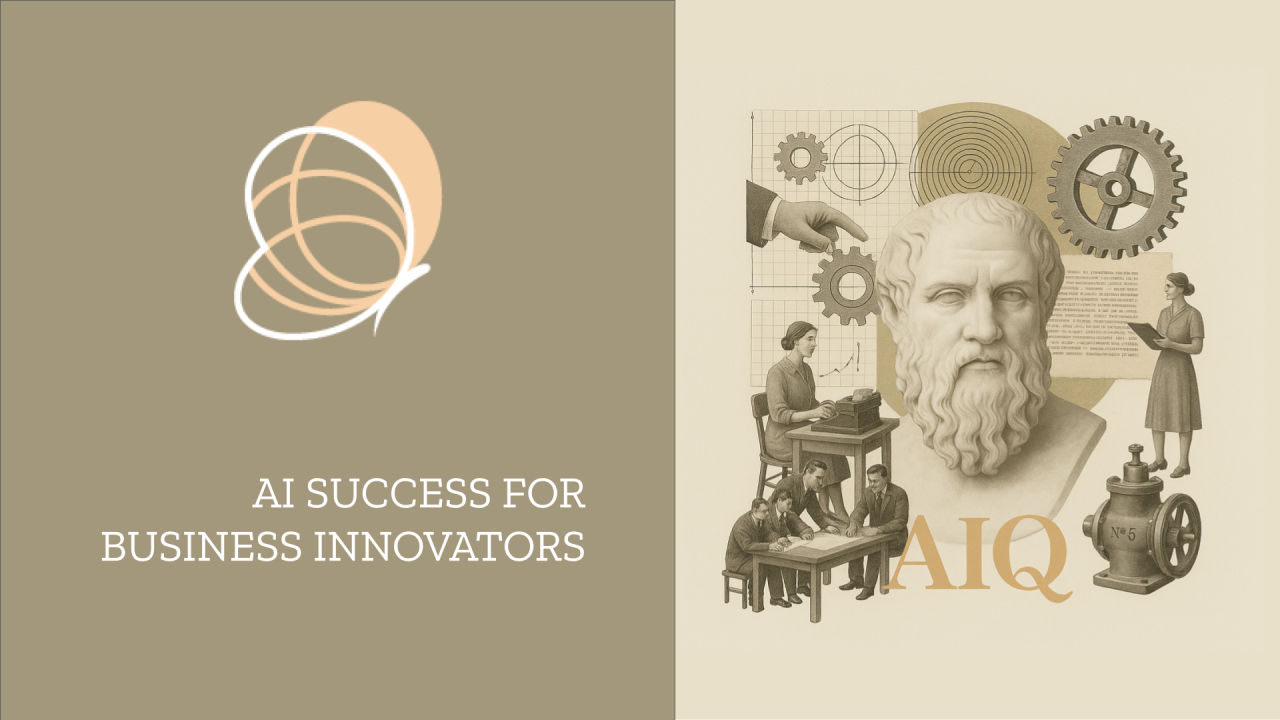Measuring What Matters: AI Adoption
You’ve invested in AI. The models are live. The tools are ready. But adoption is lagging. Why?Because AI adoption isn’t...
|
CONSTRUCTION & REAL ESTATE
|
 |
|
Discover how crafting a robust AI data strategy identifies high-value opportunities. Learn how Ryan Companies used AI to enhance efficiency and innovation.
|
| Read the Case Study ⇢ |
|
LEGAL SERVICES
|
 |
|
Discover how a global law firm uses intelligent automation to enhance client services. Learn how AI improves efficiency, document processing, and client satisfaction.
|
| Read the Case Study ⇢ |
|
HEALTHCARE
|
 |
|
A startup in digital health trained a risk model to open up a robust, precise, and scalable processing pipeline so providers could move faster, and patients could move with confidence after spinal surgery.
|
| Read the Case Study ⇢ |
|
LEGAL SERVICES
|
 |
|
Learn how Synaptiq helped a law firm cut down on administrative hours during a document migration project.
|
| Read the Case Study ⇢ |
|
GOVERNMENT/LEGAL SERVICES
|
 |
|
Learn how Synaptiq helped a government law firm build an AI product to streamline client experiences.
|
| Read the Case Study ⇢ |
 |
|
Mushrooms, Goats, and Machine Learning: What do they all have in common? You may never know unless you get started exploring the fundamentals of Machine Learning with Dr. Tim Oates, Synaptiq's Chief Data Scientist. You can read and visualize his new book in Python, tinker with inputs, and practice machine learning techniques for free. |
| Start Chapter 1 Now ⇢ |

AI applications range from simple rule-based systems to self-learning models, to complex multi-agent systems that autonomously reason and execute tasks. And the cool AI technology evolves practically every day.
But what can AI really do to solve real business problems? It turns out, not much without human involvement.
Real business value generation begins by defining a pragmatic approach and execution plan. Both require real human knowhow and ingenuity.
Determining where to start

From a preparation perspective, start with an audit of your critical business processes:
Based on the results of the four steps above, pick the top three processes to start your journey. They should have the following attributes:
The last bullet is key. Too much system and data work is like starting your journey in a tar pit. Don’t underestimate the effort to truly assess technical and data feasibility!
Now, choose one of the top three processes to start. Put the others into a simple roadmap that you can use to share your vision and help build momentum.
Position the first process automation effort as a pilot. Build something, then test it in a controlled environment with a small AI-friendly process owner and group of process doers.
Don’t try to alter a real core process with any level of automation until you, the process owner and doers, feel comfortable that the pilot is an improvement, preferably one that is quantitatively and qualitatively better.
A huge part of AI success is internal marketing and change management. It's critical to partner with real people that do the work today. They should be your biggest advocates, not rejectionists.
Sounds easy, right?
Actually, the approach you take is one of the hardest things to get right. If you pick a process that doesn’t truly generate meaningful value for your business, then there will be no return on the investment and your journey will likely end abruptly (and likely not start again for years). If you choose a complex process with poor system or data support, then your AI journey will lose steam because it will take too long or require too many resources to demonstrate value. And if you pick a process where everyone involved today is fearful of AI, then you’ll be pushing a boulder uphill that will likely roll you over just when you think you’ve completed the hard part.
For a great example of a core process AI automation effort, read AI Return on Investment. This article I wrote talks about the practical application of AI to the AP collections process in a large business services company.
Ideally you select a process that you can automate in 90 days or less. And, once you can demonstrate value with process cheerleaders to boot, it becomes much easier to continue improvements on your first process or move on to others in your roadmap.
So, choose wisely!

Synaptiq is an AI and data science consultancy based in Portland, Oregon. We collaborate with our clients to develop human-centered products and solutions. We uphold a strong commitment to ethics and innovation.
Contact us if you have a problem to solve, a process to refine, or a question to ask.
You can learn more about our story through our past projects, blog, or podcast.
You’ve invested in AI. The models are live. The tools are ready. But adoption is lagging. Why?Because AI adoption isn’t...
December 5, 2025
For three years, AI went from a talking point to a reckless boardroom obsession. Leaders bypassed caution,...
November 25, 2025
You launched the AI model. The dashboards went live. And… nothing changed. The same meetings.The same decisions.The...
November 18, 2025